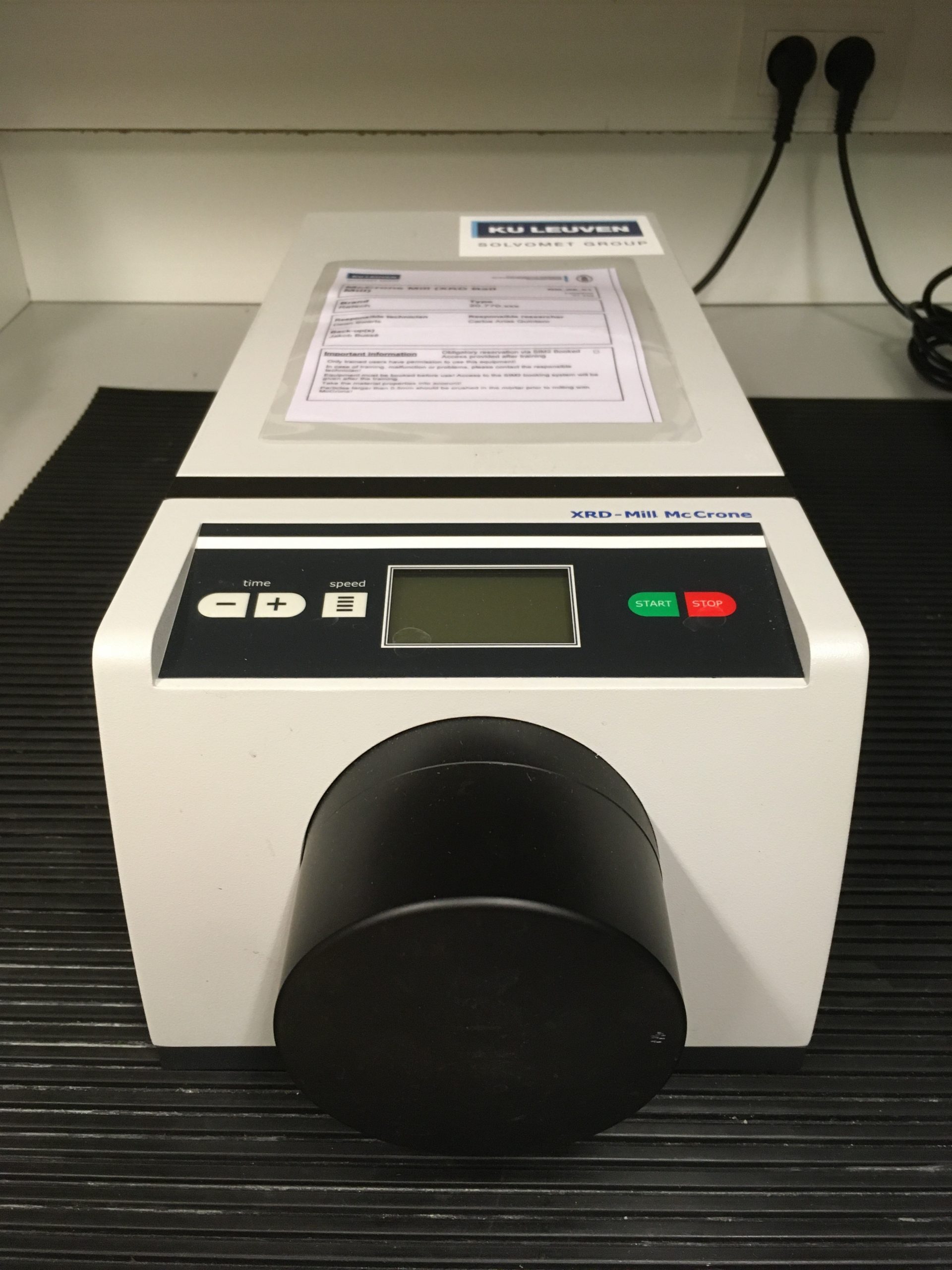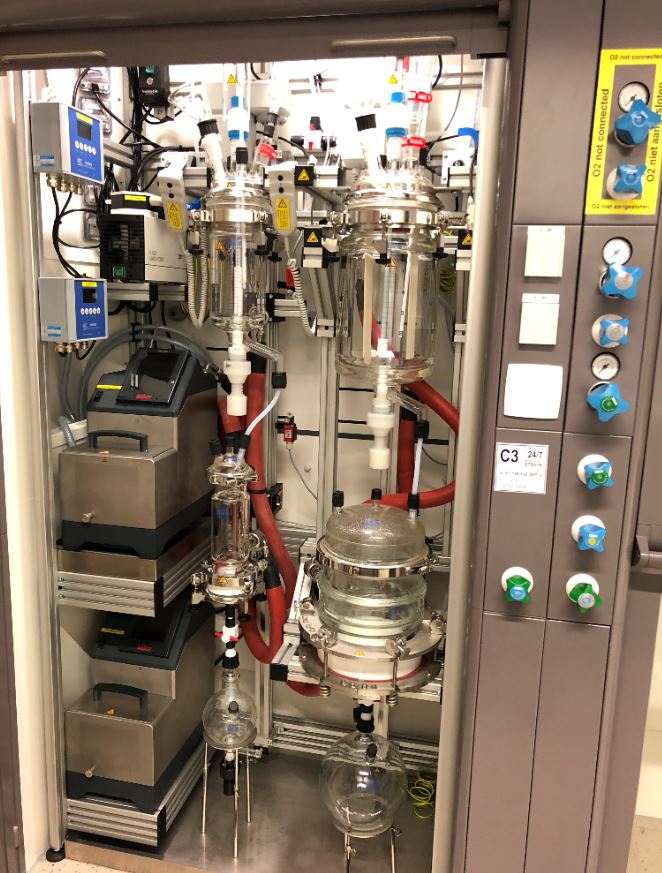The Horiba LabRAM HR Evolution is installed on a Kinematic Systems 5100 air-compressed kinematic table. The spectrometer has a focal length of 800 mm and is coupled to an Olympus BX41 confocal microscope equipped with a Märzhäuser Wetzlar SCANplus motorized XYZ stage (75x50mm). The spectrometer is equipped with a 150 and 1800 grooves/mm grating. Samples can be excited in backscattering geometry with (1) a 532 nm frequency-doubled Nd:YAG laser with 100 mW power, (2) a 532 nm HeNe laser with 17 mW power or (3) a 785 nm intracavity regulated, diode laser with 100 mW power.
Rayleigh edge rejection filters are used to obtain laser line cut-off lower than 50 cm-1. The scattered signal is measured with a peltier-cooled, Synapse front-illuminated Electron Multiplying (EM)-CCD detector with 1600×200 pixels (16 µm pixel size). For observation, Olympus achromatic 5x and 20x MPLN objectives are available. Raman analyses are performed with Olympus achromatic 50x MPLN LWD (NA: 0.5; WD: 10.6 mm), 100x MPLN LWD (NA: 0.8; WD: 3.4 mm) or 100x MPLN (NA: 0.9; WD: 0.21 mm) objectives. The confocal pinhole aperture can be variably changed.
For the purpose of mapping, several hard- and software extension are available: (1) the NavSharp and ViewSharp modules, (2) multivariate analyses packages, (3) the DuoScan area scanning module, and (4) the SWIFT XS detector trigging module. In addition, a Linkam heating-cooling cell (-196 °C to 600 °C), a microcuvette cell holder as well accessories for polarized Raman measurements are available .
Raman shift calibration are performed using the NIST certified Horiba SP-RCO calibration objective. The intensity of the Raman spectra is calibrated with an intensity correction curve which is determined by analyzing the white light irradiance spectrum of a NIST certified Avantes AvaLight-HAL-CAL-Mini source.







